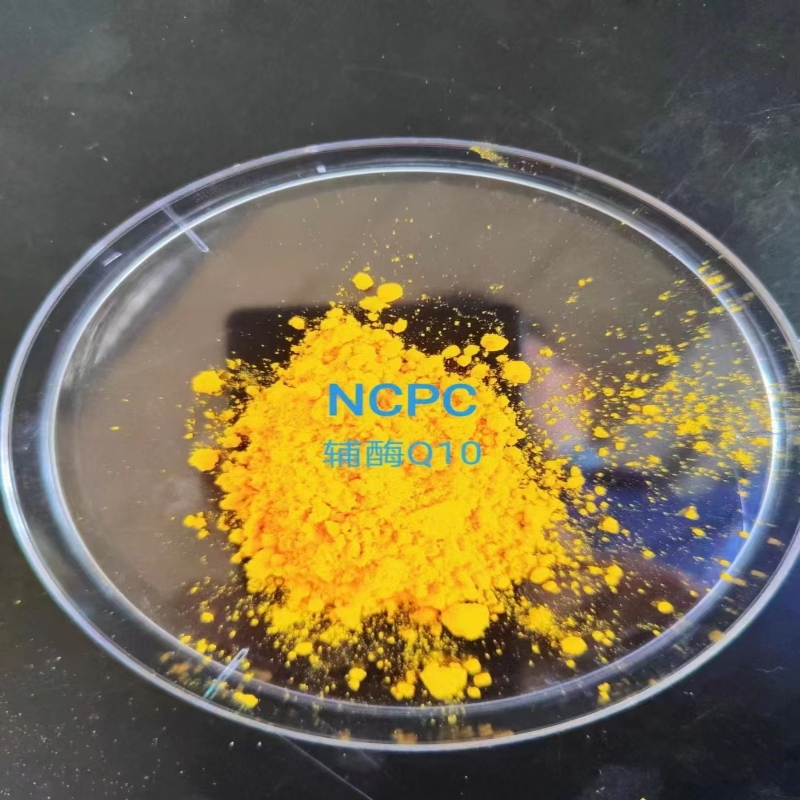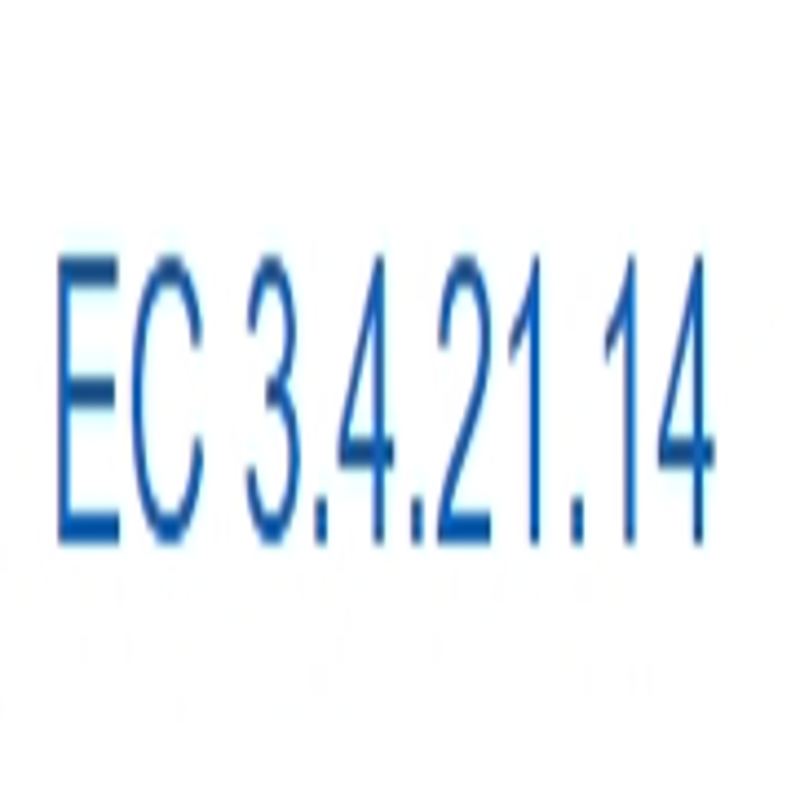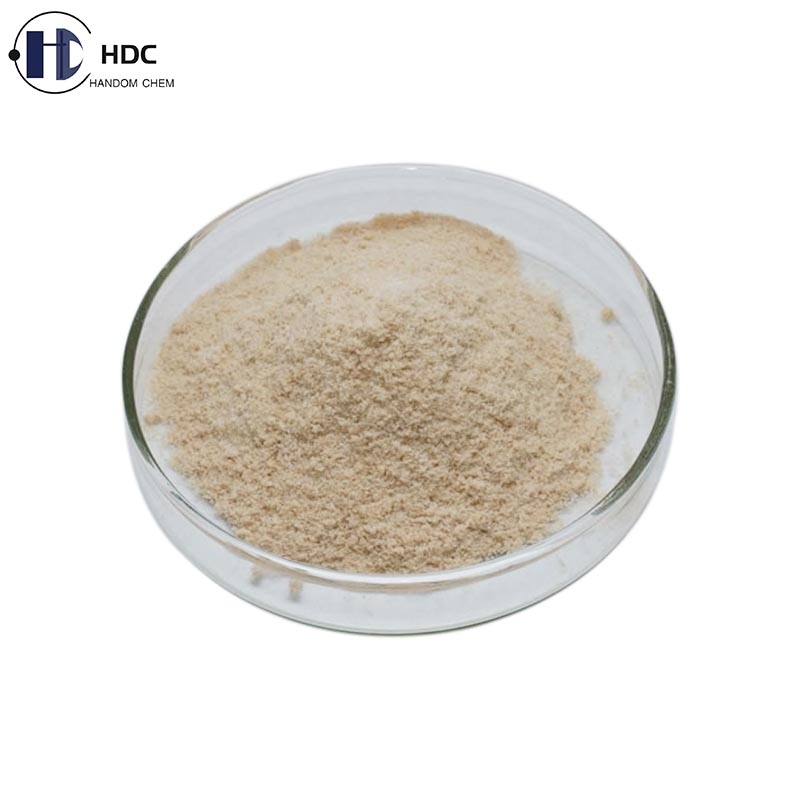Study on the complete conversion of cellulose by in vitro multi enzyme system
-
Last Update: 2018-10-21
-
Source: Internet
-
Author: User
Search more information of high quality chemicals, good prices and reliable suppliers, visit
www.echemi.com
Multi enzyme system in vitro is a new biological manufacturing platform that mimics the metabolic pathway in vivo, combines a series of enzymes and coenzymes in vitro to build a complex biochemical reaction network and catalyze the production of substrate products The in vitro biosynthesis pathway has been successfully applied to the production of hydrogen, bioelectricity, rare sugar and other fields Cellulose is the most abundant renewable resource on the earth, and is considered to be an important raw material for the production of biofuels and bio based chemicals The annual output of cellulose is more than 40 times of that of starch, so it will be a very important research direction to use in vitro multi enzyme system to efficiently transform cellulose into high value-added products Recently, a research team led by you Chun, researcher of the center for in vitro synthesis biology of Tianjin Institute of industrial biotechnology, Chinese Academy of Sciences, has designed an enzymatic phosphorylation pathway that uses in vitro multi enzyme system to carry out stoichiometric conversion of cellulosic biomass for the production of biochemicals or biofuels Three cascades of phosphorylase (CDP), cellobiose phosphorylase (CBP) and polyphosphate dependent glucokinase were used in this pathway, Ppgk) converts the fiber polysaccharides into high-energy phosphorylated sugars (glucose 1-phosphate and glucose 6-phosphate), and then produces hydrogen, bioelectricity and high-value chemicals through the catalysis of subsequent enzymes The team used inositol as the final product to evaluate the efficiency of the in vitro multi enzyme system for the biotransformation of cellulose The results showed that the yield of inositol reached 98%, close to the stoichiometric substrate conversion In addition, the in vitro multi enzyme system can also use corn straw hydrolysate with microbial toxicity as substrate to produce inositol This new enzymatic phosphorylation of cellulose is the first time to realize the stoichiometric biotransformation of cellulose, which provides a new research idea for the production of other high value-added bio based chemicals with cellulose as the substrate The research was supported by the key deployment project of Chinese Academy of Sciences (zdrw-zs-2016-3), National Natural Science Foundation of China (31600635 and 21778073), Tianjin Science and technology plan project (15ptcysy00020) The related research results have been published in ACS catalyst, a journal of catalytic research Meng Dongdong, assistant researcher of Tianjin Institute of technology, is the first author of this paper.
This article is an English version of an article which is originally in the Chinese language on echemi.com and is provided for information purposes only.
This website makes no representation or warranty of any kind, either expressed or implied, as to the accuracy, completeness ownership or reliability of
the article or any translations thereof. If you have any concerns or complaints relating to the article, please send an email, providing a detailed
description of the concern or complaint, to
service@echemi.com. A staff member will contact you within 5 working days. Once verified, infringing content
will be removed immediately.







